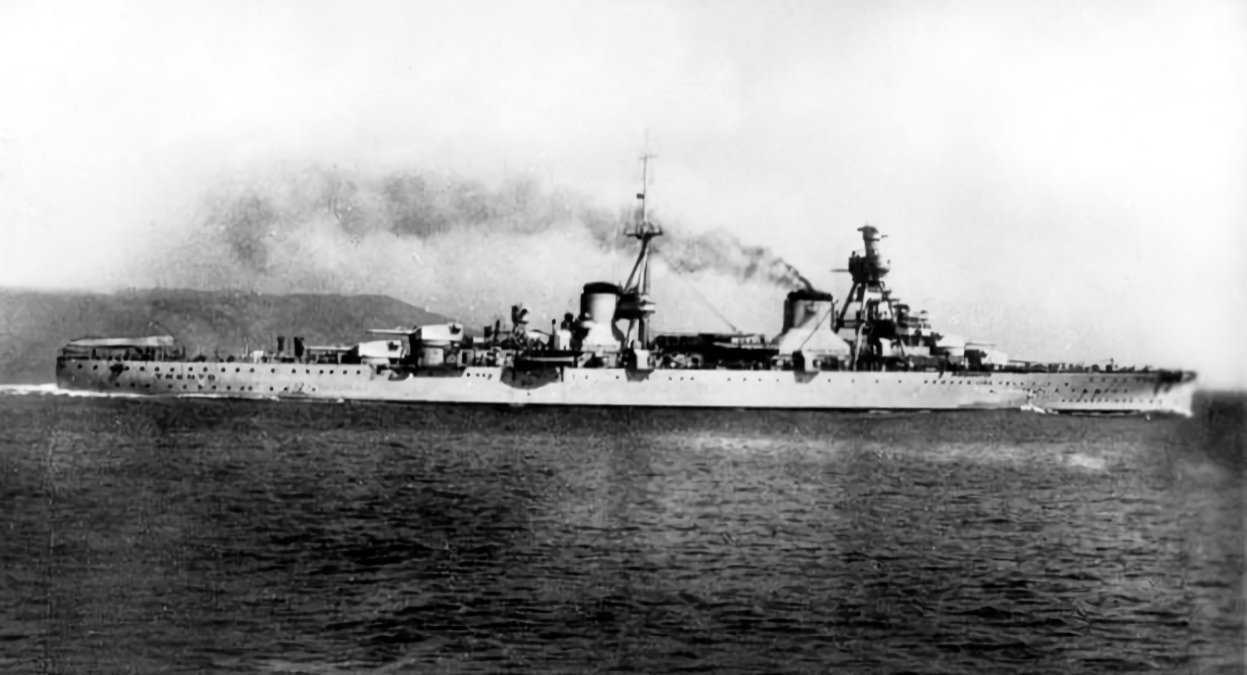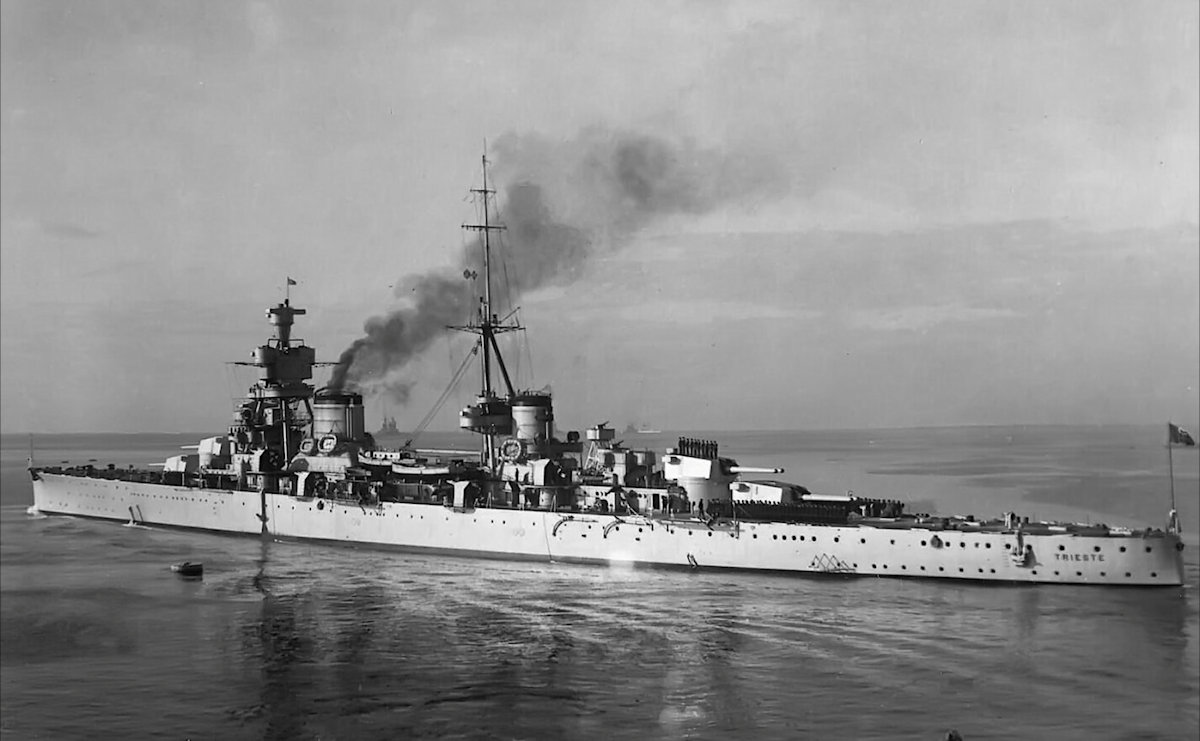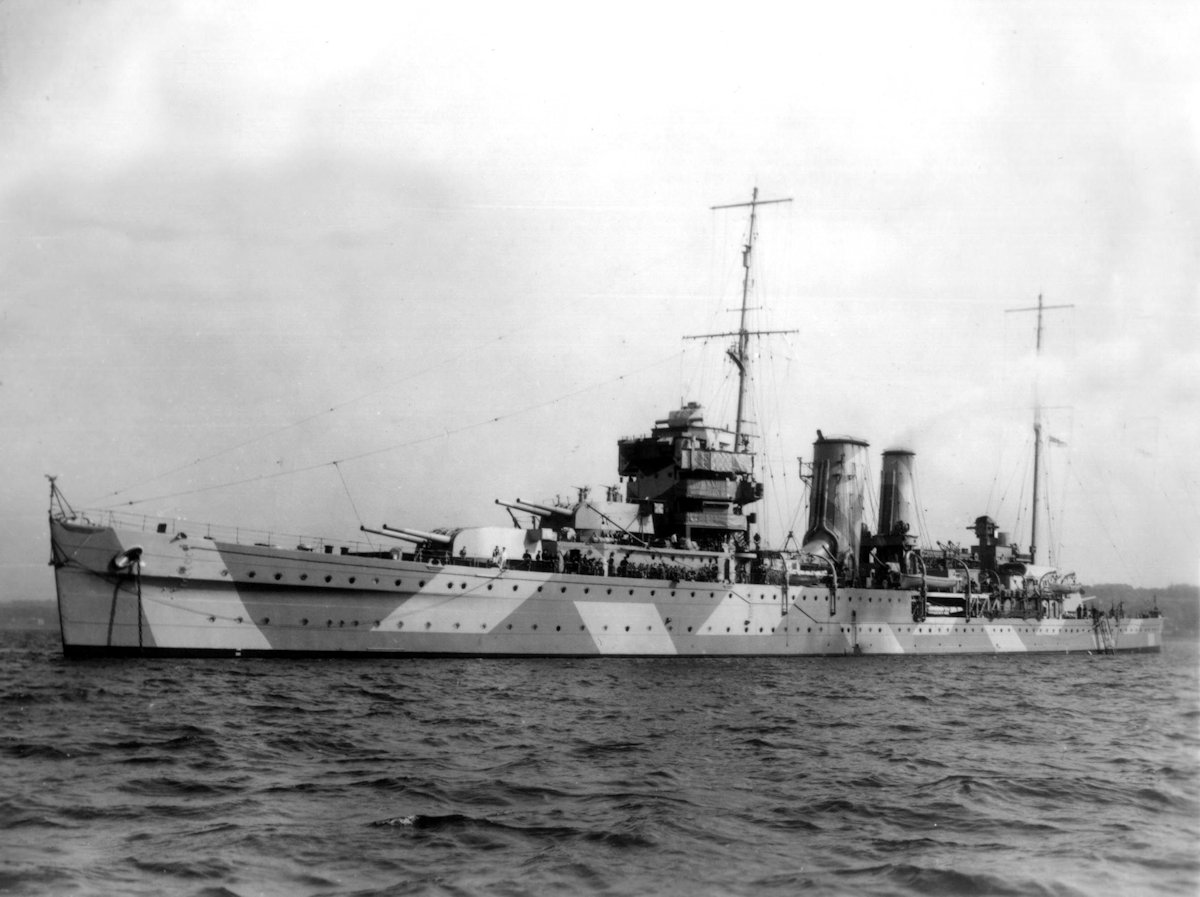Tag: warship
-
Italian Heavy Cruiser Trento

Italian Heavy Cruiser Trento The lead-ship of her class of two heavy cruisers, Trento was launched on 8 October 1927. She was commissioned into the Regia Marina on 3 April 1929. During the Second World War, she took part in the Battles of Calabria (July 1940), Cape Spartivento (November 1940), and Cape Matapan (March 1941).… Read more
-
Italian Heavy Cruiser Trieste

Italian Heavy Cruiser Trieste Laid down in June 1925, was launched in October 1926, Trieste was the second of the Trento-class heavy cruisers built for the Regia Marina. Although claimed to comply with the Washington Treaty limit of 10,000 tons for cruisers, she actually displaced significantly more (at over 13,000 tons). During the Second World… Read more
-
British Heavy Cruiser HMS York

British Heavy Cruiser HMS York HMS York was a heavy cruiser of the York class, built for the Royal Navy in the late 1920s. She was the lead ship of her class, which also included HMS Exeter. The York class was base on the preceding County class cruisers, and designed to smaller and cheaper while… Read more